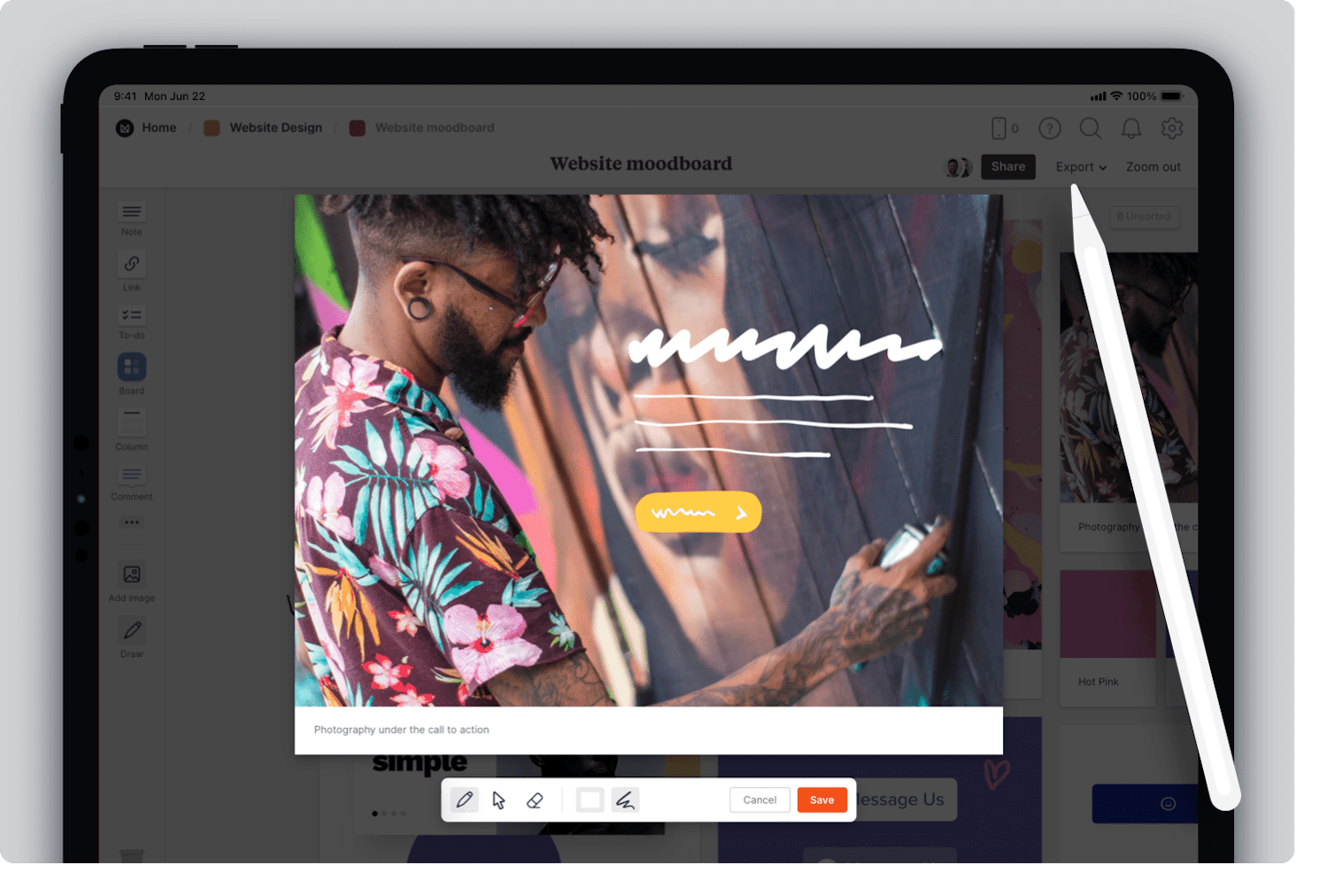Vital Tips for Crafting High-Impact Internet Site Designs
In the world of electronic advertising and marketing, the layout of an internet site works as an important touchpoint for involving possible customers. To develop high-impact website designs, one need to consider important components such as target market understanding, user experience, and visual pecking order. Each of these components plays an essential function in not just attracting visitors however likewise in facilitating significant communications. The interaction in between these factors can be complex and nuanced, increasing the inquiry of how to effectively balance them to attain optimal results. Discovering these techniques can bring about transformative end results for your on the internet presence.
Understand Your Target Market

To properly recognize your audience, start by performing demographic evaluations to gather data on age, gender, place, and rate of interests - website design. This details acts as a structure for developing customer personalities, which stand for the crucial attributes of your target market. These identities overview decision-making in layout aspects and web content technique, ensuring positioning with user assumptions
Additionally, evaluating user actions via devices like Google Analytics can reveal exactly how visitors engage with your site. Metrics such as bounce rates and time on page can highlight areas that need renovation or adjustment. User surveys and responses likewise give indispensable understandings right into choices and discomfort points.
Eventually, a deep understanding of your audience is not just valuable but important. It equips designers to produce more appropriate, enticing, and useful sites that promote a positive customer experience and drive desired outcomes.
Prioritize Individual Experience
When making a website, focusing on individual experience (UX) is critical to achieving both individual satisfaction and company goals. A well-crafted UX makes sure that visitors can navigate the site easily, discover the information they need, and engage with content effectively. To complete this, it is crucial to take on a user-centered design strategy that entails understanding customer requires, choices, and habits.
Begin by performing thorough study, consisting of individual surveys and use testing, to gather insights into how individuals engage with your website. This data should inform style decisions, making sure that attributes and layouts straighten with customer assumptions. Streamlined navigation is crucial; site visitors ought to have the ability to locate information quickly without unneeded clicks or confusion.
Furthermore, think about the loading rate of your site. A slow-loading website can lead to high bounce prices, adversely influencing individual experience. Enhance photos and manuscripts to improve performance.
Finally, make sure that your site comes to all individuals, including those with specials needs. Abiding by access criteria not just broadens your target market but also fosters inclusivity. By prioritizing UX, you lay the structure for an effective web site that meets both user needs and service goals.
Embrace Visual Pecking Order
A well-structured visual hierarchy plays a considerable duty in improving user experience by assisting visitors' focus to the most vital components of an internet site (website design). By strategically organizing web content, designers can produce a clear path for individuals to follow, ensuring they engage with important information efficiently
To implement visual pecking order, begin by utilizing dimension and range. Bigger aspects normally attract the eye, making them perfect for headings or calls to action. Complement this with contrasting colors that highlight essential areas, as dynamic colors can create centerpieces that record attention.
Additionally, the placement of elements on the web page is crucial. Leading the customer's look through the layout can be attained by placing important information at the leading or in the facility, where individuals commonly start their find more information visual trip. Incorporating whitespace around elements can also enhance clarity, making it less complicated for users to refine details without really feeling overwhelmed.
Finally, using Visit Website typography efficiently adds to aesthetic hierarchy. Various font style designs, sizes, and weights can signify significance, directing individuals with the web content flawlessly. By embracing these principles, designers can develop an intuitive experience that fosters interaction and urges users to explore even more.
Optimize for Mobile
Mobile optimization is important in today's electronic landscape, as a considerable section of internet website traffic originates from mobile phones. To guarantee a smooth customer experience, web sites should be designed with mobile users in mind. This includes employing receptive web style methods that adjust the layout, images, and text to fit various screen sizes while preserving functionality and aesthetics.

Touch targets, such as switches and links, must be appropriately sized, guaranteeing they are quickly tappable without errors. Ensure that types are mobile-friendly by reducing input fields and utilizing dropdowns where suitable, streamlining the customer experience.
Finally, examination your website across different smart phones and browsers to recognize any concerns that may impact functionality. By focusing on mobile optimization, you not just enhance user contentment but also positively impact your site's internet search engine position, thus drawing in more visitors and enhancing overall involvement.
Implement Strong Branding
A distinct brand name not only distinguishes you from competitors but also promotes count on and loyalty among your audience. This identification must be reflected continually throughout all electronic touchpoints, including your site, social media, and e-mail communications.
Visual elements such as logos, color pattern, and typography play an essential duty in branding. Choose a shade combination that resonates with your target audience and mirrors your brand personality. Ensure that your logo is flexible visit this website and plainly displayed on your web site, improving brand name recognition.
Material is just as important; your tone of voice ought to align with your brand identity, whether it's expert, pleasant, or authoritative. Engaging storytelling can even more reinforce your brand name, producing a psychological connection with customers.
Verdict
In conclusion, crafting high-impact site designs necessitates a multifaceted technique that incorporates understanding the target market, prioritizing customer experience, and embracing aesthetic power structure. By integrating these aspects, internet sites can properly engage individuals, help with seamless navigation, and foster emotional links that boost brand name identity.
To develop high-impact internet site styles, one should consider necessary components such as target market understanding, customer experience, and aesthetic hierarchy.When developing a web site, focusing on customer experience (UX) is extremely important to accomplishing both user satisfaction and organization goals.Start by conducting extensive study, including individual surveys and use screening, to gather insights right into how customers interact with your website. To ensure a seamless customer experience, internet sites should be designed with mobile users in mind.In conclusion, crafting high-impact web site designs necessitates a diverse approach that encompasses comprehending the audience, prioritizing customer experience, and accepting aesthetic power structure.